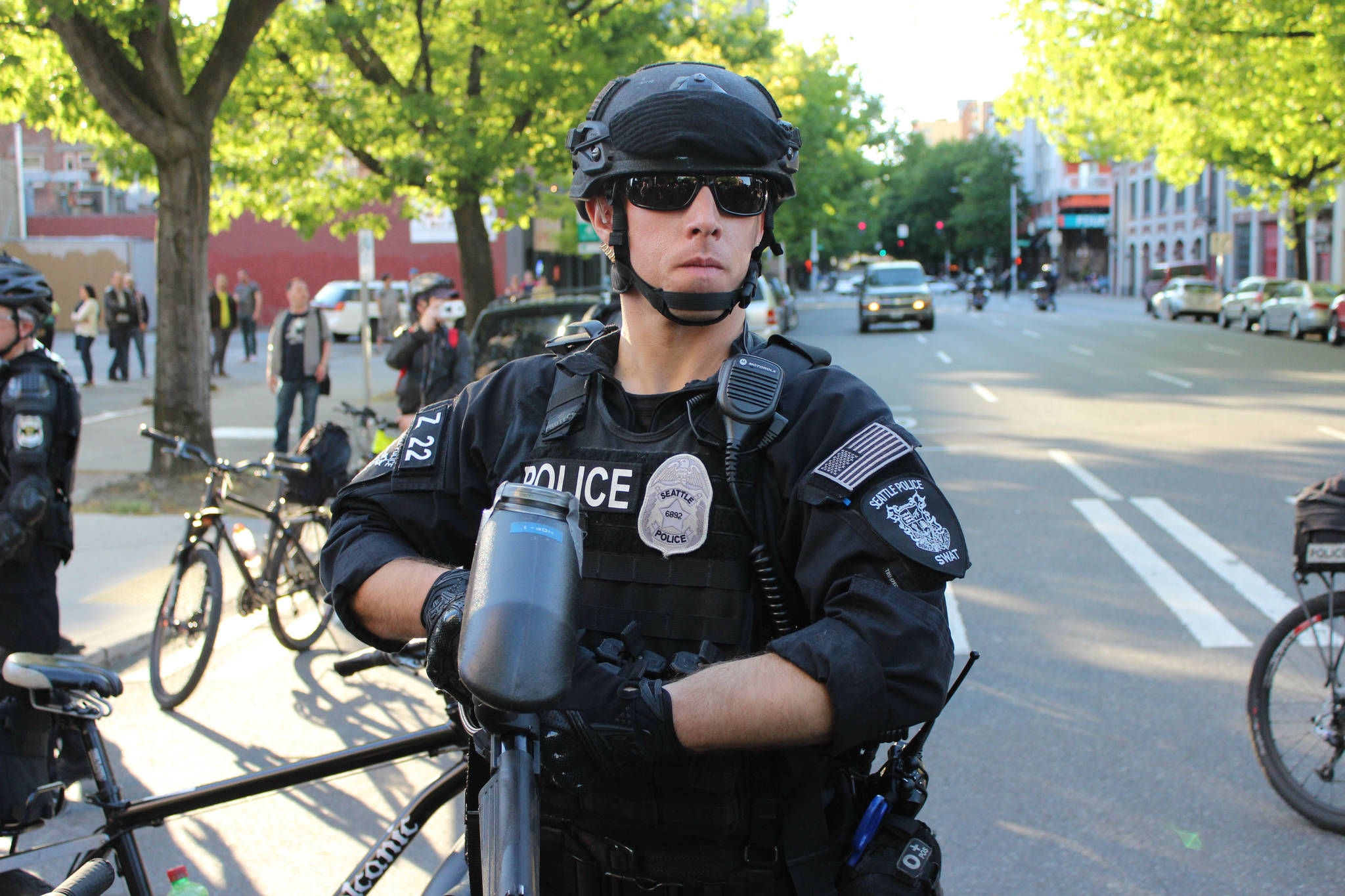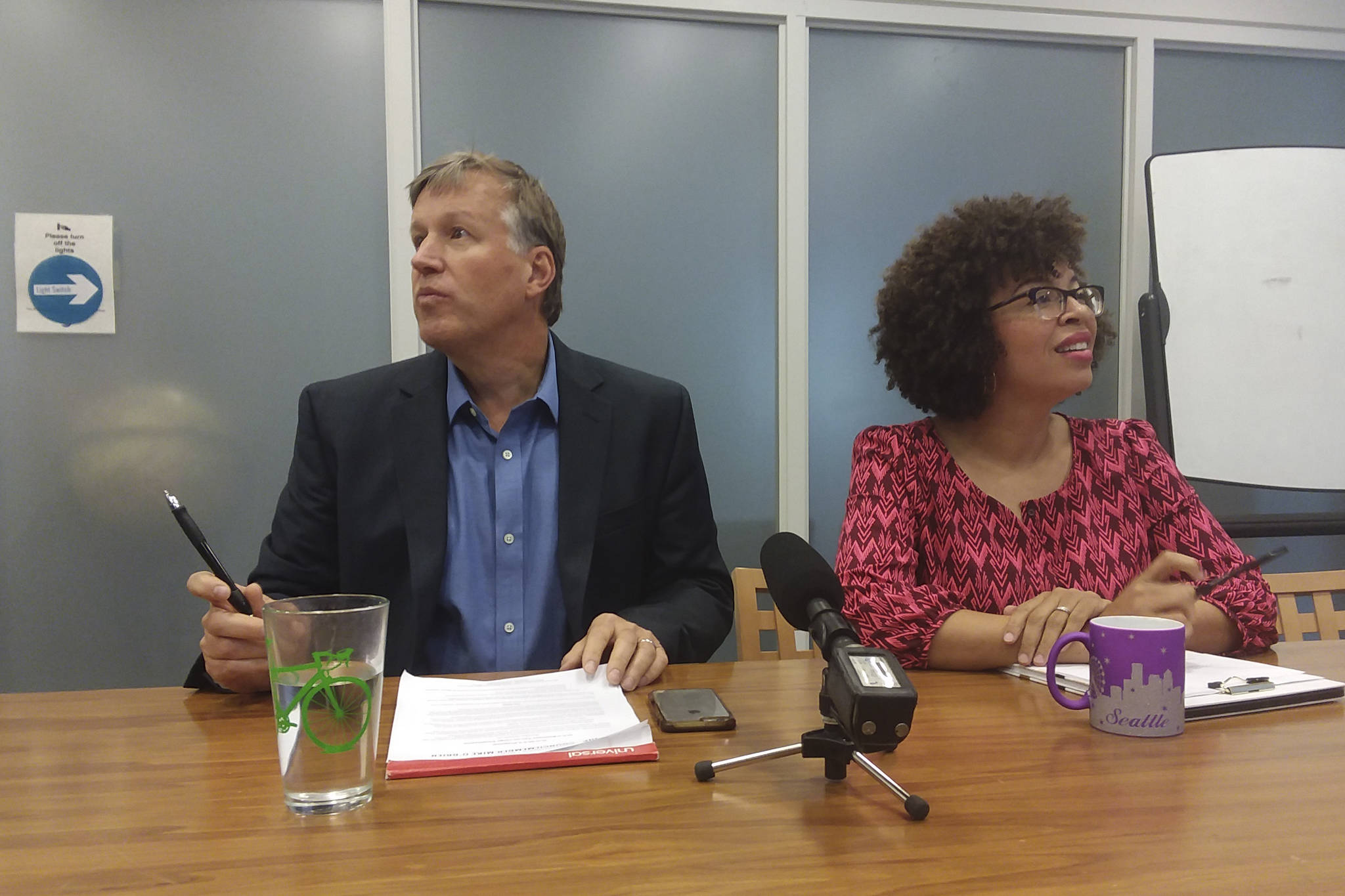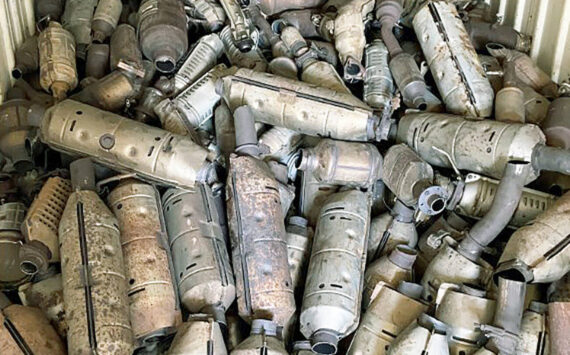It’s been said that the media is obsessed with problems and bored by solutions. We admit that’s been true in this newsroom before.
To repent, we scoured the hundreds of amendments to Mayor Ed Murray’s budget put forth by City Councilmembers and found eight that underscore the kind of piecemeal fixes that can come from city government. This list isn’t by any means meant to be comprehensive. And the items listed here are not set in stone; over the next few weeks, the Council and Mayor’s office will grapple to reconcile their two budgetary visions. But they are telling of the small work the city budget can do.
1. Help heroin addicts
$105,000
By Sally Bagshaw. Thanks to the actions of Big Pharma almost two decades ago, we’re currently smack in the middle of a local and national heroin/opioid addiction epidemic. In response, King County’s already paying for a nurse practitioner to dispense buprenorphine, a drug that blocks opioid withdrawal, at the Downtown Public Health Center. Given the overlap between addiction and homelessness, Bagshaw wants the city to pay for a social worker to help connect patients with other stabilizing services, like housing and a regular doctor. (You know what’s not in the budget, anywhere? Supervised drug-consumption sites, which that task force also recommended.)
2. Bolster LEAD
$150,000
By Kshama Sawant. LEAD is the beginning of the end of the War on Drugs. The program pairs police with social worker-types to redirect low-level drug and sex criminals into services rather than jail. The program, now five years old, has proven incredibly efficient at reducing recidivism. Last year, Seattle added $150,000 in one-time funding to expand the program. In his initial budget proposal, the mayor declined to renew that funding, so now Sawant is trying to get it into the budget as an ongoing cost.
3. Help the homeless protect their stuff
$200,000
By Sally Bagshaw. Bagshaw wants $200,000 to add lockers to homeless shelters. Currently most shelters are overnight only and have no storage. Consequently, guests spend all day carrying around everything they own, then wait in line in the evening and hope there’s space for them in the shelter. Bagshaw hopes that installing storage lockers and creating a “right to return” rule allowing last night’s guests to return tonight,will make our shelters more of a stabilizing influence and less of a nightly gamble.
4. Kick the tires on gunshot detection
$250,000
By Tim Burgess. Acoustic Gunshot Locator Systems (AGLS), like the ones just set up in South Seattle, are basically a bunch of microphones set up around the city that are monitored by a computer designed to listen for the sound of gunshots. Civil-liberties advocates are concerned about whether the program will amount to increased government surveillance of poor minority neighborhoods, and it’s also not clear whether AGLS even works (because how it works is a trade secret). Burgess wants to appropriate a quarter-million dollars to study AGLS’s first year, so that city leaders can decide whether to tweak, expand, or end it.
5. Save the ID!
$192,000/$75,000
By M. Lorena González and Bruce Harrell. This is actually two budget items. First, recall that in July 2015 Donnie Chin—who spent his entire adult life as a one-man emergency responder service to the underserved ID—was shot and killed. In the wake of Chin’s killing, an ID task force recommended the city create a paid public-safety coordinator position to advocate for ID concerns. González wants to make that happen for a cost of $75,000. Second, Harrell wants to earmark $192,000 to pay for trash pickup and cleaning in the ID—partly in response to concerns ID residents and business owners have expressed about the effect of recent homeless encampments, and their trash, on the neighborhood’s attractiveness to customers.
6. Help poor people in court
$220,000
By Lisa Herbold. In the criminal-justice system, poor people of color are screwed by two separate yet equally important groups: the police and prosecutors. Herbold’s legal navigator would reduce the harm caused by the latter by evaluating plea deals for unintended side effects—for instance, checking whether a defendant’s jail time for a misdemeanor can be scheduled in a way that keeps them from losing their job and becoming homeless.
7. Help victims of development move
$190,000
By Rob Johnson. As Sarah Stuteville reported last week in The Seattle Times, University Trailer Park in North Seattle is scheduled to close in May 2017 to make room to build townhomes—another pop can crushed flat and empty beneath the well-polished bootheel of gentrification. Johnson wants to soften the blow with some relocation money to help low-income residents shoulder moving costs.
8. Teach immigrants English
$100,000
By Debora Juarez. Through the Ready to Work program, the Office of Immigrant and Refugee Affairs and partner organizations train non-Anglophones in English as a second language and other job skills. The program is currently near the end of a two-year pilot period which will be evaluated for efficacy. Juarez wants to expand the program to Lake City right away, thus making good on the sign in her office that says “Put D5 on the budget map!!!!”
cjaywork@seattleweekly.com
This post has been corrected to accurately read “Acoustic Gunshot Locator System” instead of inaccurately reading “Accurate Gunshot Locator System.”








